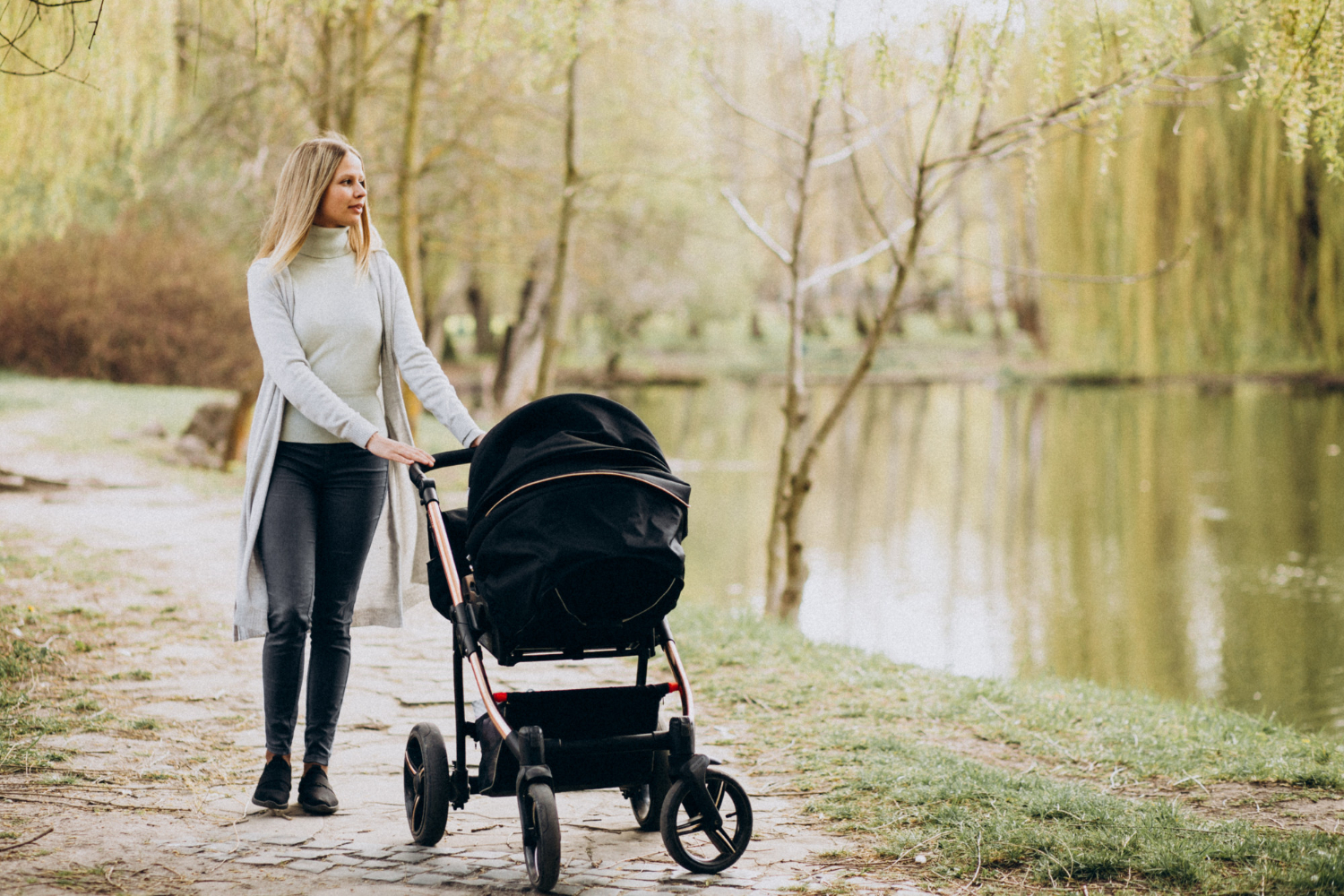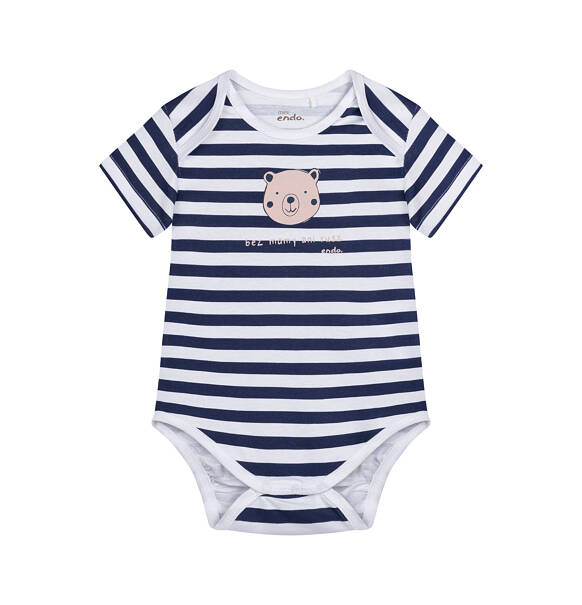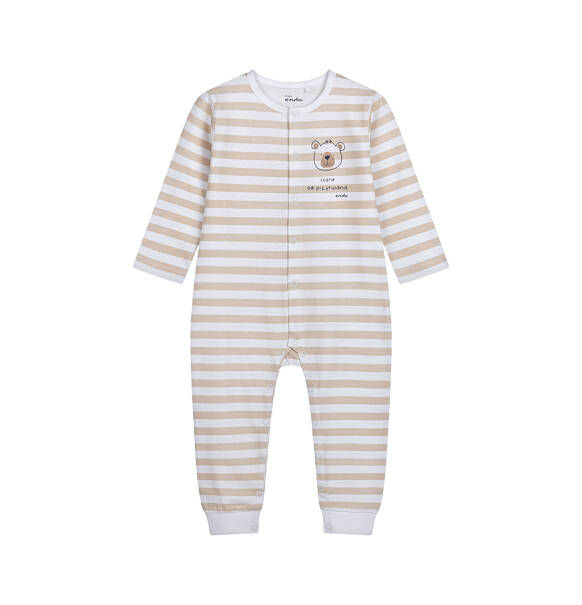
The first walk with a baby is an event many parents remember for years. The excitement? Overwhelming! The joy? Priceless. A walk has a positive impact on the baby's well-being, supports the development of the immune system, and allows you to begin establishing a regular daily rhythm. It's worth planning this first outing carefully to avoid unpleasant surprises. See how to prepare for a walk with your little one that goes smoothly and stress-free.
When can you go for the first walk with a baby?
Most pediatricians and neonatologists recommend that a baby can be taken for the first walk as early as 10–14 days after birth . Premature or low-birth-weight babies require individual medical evaluation.
Keep an eye on the weather forecast – both temperature and humidity are important. The optimal temperature for a walk is around 18–22°C. In winter, it's best to plan your trip when there's no wind or precipitation, and the temperature doesn't drop below -5°C. In summer, avoid walking in direct sunlight or when temperatures exceed 25°C.
The best time to walk is early morning (before 11:00 a.m.) or afternoon after 3:00 p.m. The air is cleaner then, and the sun is less intense. It's best to avoid walking during rush hour, when traffic is heavier and exhaust fumes are higher.
Pay attention to smog alerts – if the air pollution is high, it is better to stay at home.
Veranda, or good preparation for a walk
Before you decide to take your baby for their first walk, you can start with a little veranda time. This is a way to gradually acclimate your baby to outdoor conditions. Simply dress your little one daily as if they were going for a walk and take them outside on the balcony or in the garden for a few minutes. Initially, for 5 minutes, then gradually increase the time. After 3–5 days, your baby will be ready to go outside.
How long should you walk with a newborn?
The first walk should last about 15–20 minutes. If your baby responds well to the fresh air, isn't crying, and shows no signs of discomfort, you can gradually increase the length of the walks to 30–45 minutes or even an hour.
The length of a baby's first walk depends on several factors: air temperature, time of day, the baby's reaction, and the parent's physical condition. Over time, walks can become longer and more varied, both in terms of route length and the variety of surroundings.
What to take on the first walk with a baby?
Preparing a stroller bag is one of the most important parts of planning a trip. We've prepared a list of essential baby items and accessories worth bringing:
- disposable diapers (at least 2 pieces),
- wet wipes,
- foldable changing mat,
- spare clothes ( bodysuits or rompers ),
- a light blanket or swaddle,
- pacifier (if the baby uses one),
- bottled milk (for formula-fed babies),
- a scarf or carrier as an alternative to a stroller,
- a thin rain cover or sun canopy for the stroller,
a small toy for the stroller (e.g. Endo Teddy Bear , teether or pendant).



On colder days, it's a good idea to bring an extra blanket and make sure your little one's feet and hands are covered. A hat should fit snugly—neither too thin nor too thick.
Which stroller is suitable for the first walk?
For the first outing, a deep stroller with a carrycot is the best choice, as it provides comfort and adequate protection from external factors. The carrycot should have a ventilated hood, and the mattress should be adapted to the delicate spine of a newborn.
It's worth making sure the stroller has shock absorption, efficient brakes, and is easy to steer – this is especially important if you plan to walk on uneven terrain.
Where to walk with a baby?
For your first walk, it's worth choosing a quiet, green spot—a park, a neighborhood alley, or a quiet street away from noise and exhaust fumes . These don't have to be long trips. Choose a spot near your home so you can quickly get home if necessary.
Over time, walks can include new places—allotment gardens, forest trails, riverbanks. It's important that the area is clean, quiet, and safe.
The first walk, the beginning of your daily routine!
The first walk with a baby doesn't require much special preparation, but if you plan it well, it's sure to go more smoothly. Remember to dress your little one appropriately and equip the stroller, and consider how to pack the stroller bag to ensure both of you have the necessary comfort.
Walking together will quickly become a regular part of the day. It's a time that strengthens your child's immunity, provides respite, and helps build a daily rhythm. Make sure the first outing is calm, without rushing or unnecessary stress.


Podziel się:
How to Spend Mother's Day? Creative (and Affordable!) Ideas
Slow parenting - what is it and what does it involve?